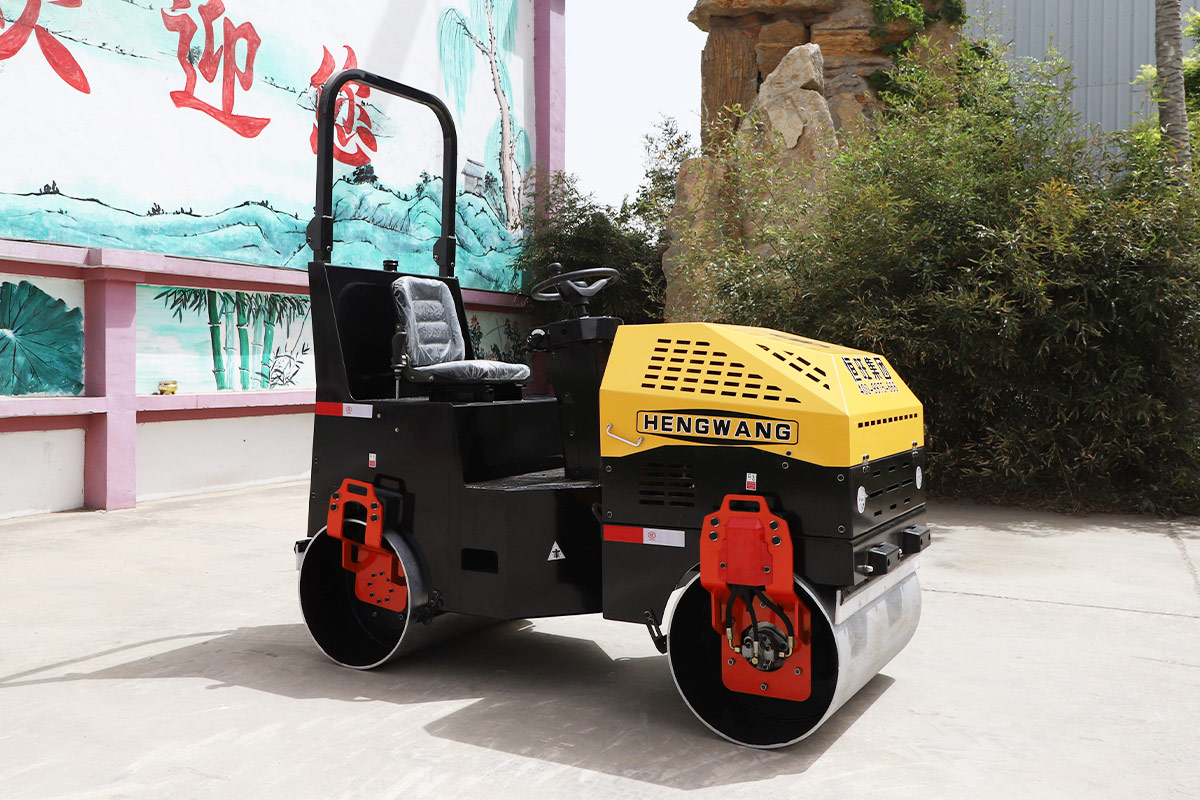What is the difference between a mechanical roller and a fully hydraulic roller?

At present, the technology of compaction machinery is developing rapidly in the direction of automation, intelligence and remote control. Several generations of intelligent vibratory rollers have been developed abroad and have been put on the market. Mechanical rollers cannot realize these advanced technologies due to their structural limitations. These advanced technologies can only be achieved on high-end hydraulic rollers.
If we do not strive to develop high-end hydraulic road roller products, our technical level will not be able to catch up with and exceed the world's advanced level, and our dream of becoming a powerful country in compaction machinery will not be realized.
Due to its low price, mechanical single-drum vibratory rollers have occupied most of the market share of domestic single-drum vibratory rollers in the past few years, meeting the needs of middle and low-end users;
The price and cost of all-hydraulic single-drum vibratory rollers are high, but with the development of my country's economy and the improvement of road construction requirements, the market potential of fully-hydraulic double-drive single-drum vibratory rollers used by high-end users cannot be ignored.
The fully hydraulic single-drum vibratory roller has stepless speed change, strong driving ability, stable start and stop, advanced technology, and good compaction effect; while the mechanical single-drum vibratory roller is a low-end product, the compaction speed cannot be adjusted, and it is prone to soil accumulation, Bulges and cracks, compaction capacity and compaction quality are inferior to fully hydraulic products.
In short, there are various transmission types of rollers, each with its own advantages and disadvantages. It is not necessarily which type must be eliminated, but to give users more opportunities to choose. As for which walk-behind roller to choose, you still have to choose according to your own conditions.
